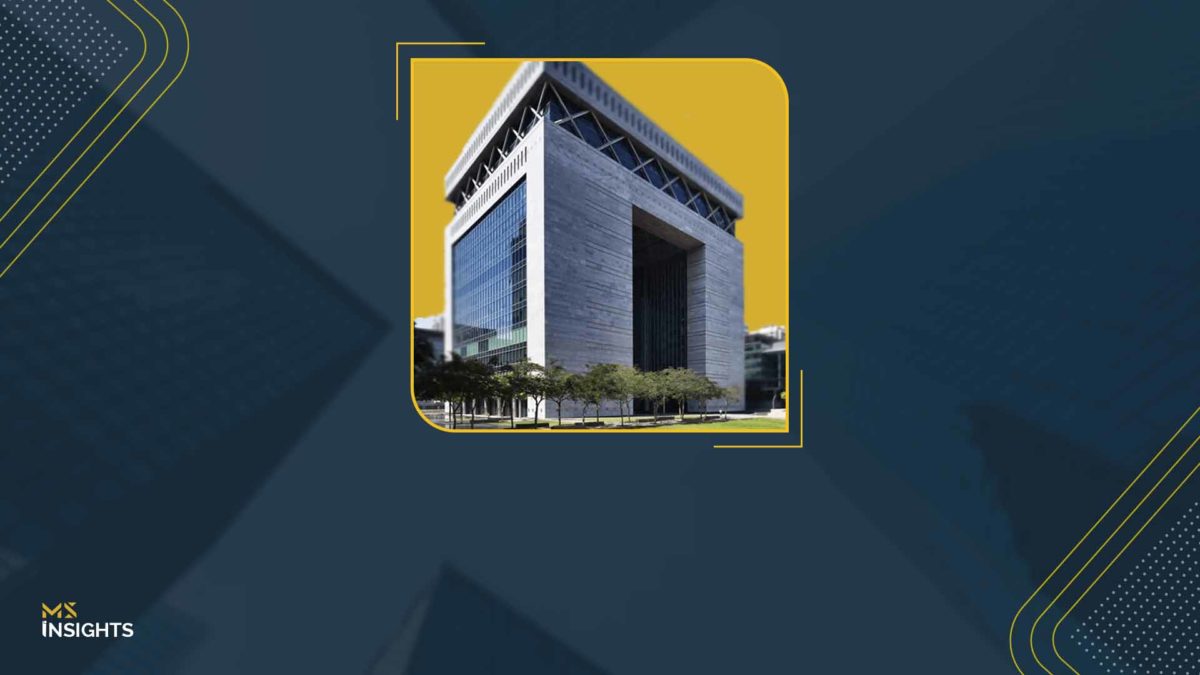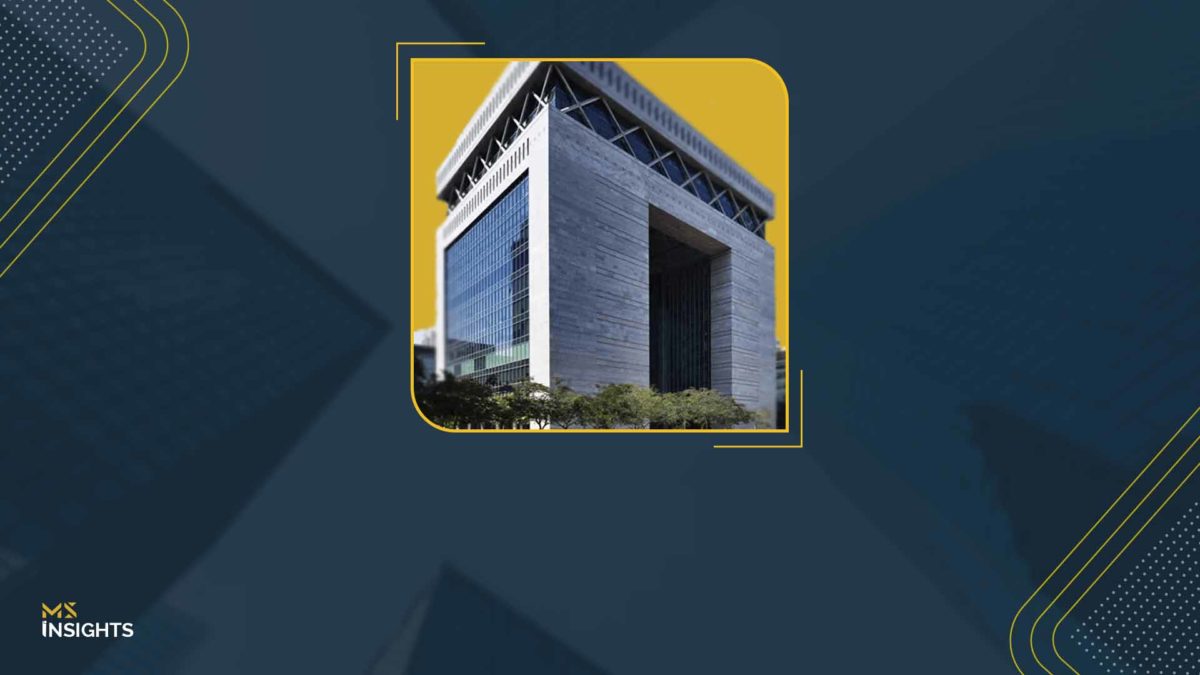Behind every successful Merger and Acquisition (M&A) lies a series of strategic steps that shape the deal long before the final deal is inked. While the spotlight often shines on the closing handshake, the real foundation is laid in the term sheet-a crucial document that aligns both parties’ expectations, saves time, and prevents costly missteps.
Term sheets are your deal’s first handshake—firm, clear, and crucial. It’s where trust is built, expectations are aligned, and smooth negotiations are paved. By setting clear terms from the start, it ensures all parties are on the same page, creating a solid foundation for what’s to come.
What is a Term Sheet?
A term sheet is a non-binding agreement that outlines the key terms and conditions between a prospective buyer and the target company during a merger or acquisition. It serves as a preliminary document that sets the stage for detailed negotiations and provides a reference point for the final agreement.
Although the document is non-binding, it often includes certain binding clauses such as confidentiality and exclusivity to secure the deal’s integrity during the negotiation process.
Why Are Term Sheets in M&A Important?
A term sheet plays a pivotal role in the M&A process for several reasons:
- Establishing Clarity
It ensures that both parties agree on critical aspects of the deal early on, minimizing misunderstandings during subsequent negotiations. - Saving Resources
By addressing major deal terms upfront, term sheets in M&A help identify deal-breakers before significant time, effort, and financial resources are spent on due diligence. - Fostering Trust and Security
The document provides a sense of security to both parties by defining the transaction’s key provisions, facilitating a smoother progression toward the definitive agreement.
Here’re the Key Components of Term Sheets
1. Purchase Price
This section outlines the transaction’s proposed value, including details about the form of payment (e.g., cash, stock, or a combination).
Additionally, term sheets in M&A may include:
- Working Capital Peg: Ensures the seller provides an agreed-upon amount of working capital at closing.
- Net Working Capital Adjustments: Adjusts the purchase price dollar-for-dollar based on the final working capital balance.
2. Payment Structure
The payment structure defines how the transaction will be financed. Common structures include:
- All-cash transactions
- Stock-for-stock exchanges
- Earn-outs: Additional payments based on the target company’s future performance.
3. Due Diligence
This section specifies the scope, timeline, and conditions for due diligence.
4. Escrow or Holdback
A portion of the purchase price (typically 8–15%) may be held in escrow to protect the buyer against:
- Misrepresentations
- Undisclosed liabilities
- Breaches of warranties
The escrow period often lasts 1–2 years post-closing.
5. Representations and Warranties
These are assurances provided by both parties about the accuracy of the information exchanged. Common areas covered include:
- Intellectual property rights
- Financial statements
- Litigation and liabilities
6. Confidentiality
A confidentiality clause ensures that sensitive deal-related information remains private and is not disclosed to third parties.
7. Exclusivity (No-Shop Clause)
This binding clause prevents the seller from negotiating with other potential buyers for a defined period, allowing the buyer to complete due diligence and finalize the agreement.
8. Employee Matters
This section of term sheets in M&A addresses the handling of employees’ post-acquisition, including:
- Retention of key personnel
- Non-compete agreements
- Severance packages
For instance, buyers may allocate additional funds outside the purchase price to retain key employees.
9. Closing Conditions
The term sheets in M&A outline the conditions under which the deal will close, including key milestones, deadlines, and compliance requirements.
10. Termination and Indemnification
This provision details:
- Circumstances under which the deal can be terminated
- Responsibility for liabilities post-closing
- Indemnification claims management
11. Governing Law and Dispute Resolution
Specifies the jurisdiction governing the agreement and the preferred mechanism for dispute resolution, such as arbitration.
How the LOI and Term Sheets Work Together for a Smooth Deal Process
Now that we’ve explored the key components of term sheets, it’s important to understand how this document fits into the overall M&A process. The Letter of Intent (LOI) is often the starting point in this process, serving as an initial outline of the terms and intention behind the deal.
While the term sheet provides detailed terms, the LOI establishes the primary framework and signals both parties’ commitment to move forward with the transaction. It typically covers high-level aspects such as the purchase price, deal structure, and key milestones, but it doesn’t go into the specifics that the term sheet later addresses.
In essence, the LOI sets the stage for the detailed negotiations to follow, and the term sheet formalizes those negotiations into a structured agreement. Both documents are critical for ensuring clarity and alignment, minimizing misunderstandings, and ultimately guiding the transaction toward a successful closing.
MS to Guide Your Deal to Success
At MS, we bring clarity and expertise to every stage of the M&A journey. Whether you’re crafting term sheets in M&A or finalizing your Letter of Intent (LOI), our team is here to ensure every detail aligns perfectly with your strategic goals. We help you tackle the complexities of deal terms, ensuring that key elements like pricing, payment structures, and due diligence are set in stone early on, laying a solid foundation for the deal. Our hands-on approach minimizes risk, maximizes value, and keeps your deal moving forward with confidence. Let us be your trusted partner in transforming your M&A vision into reality.









